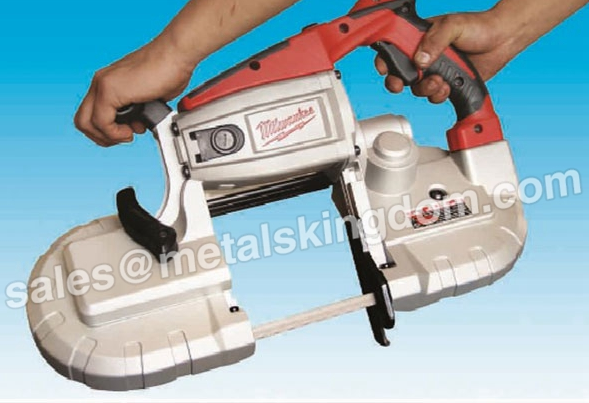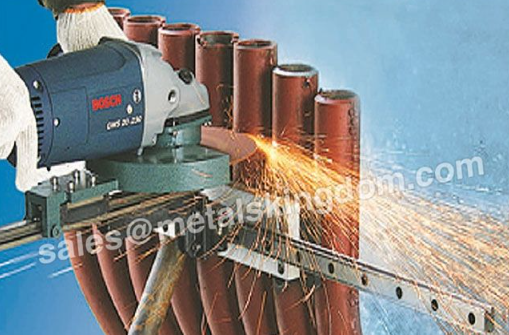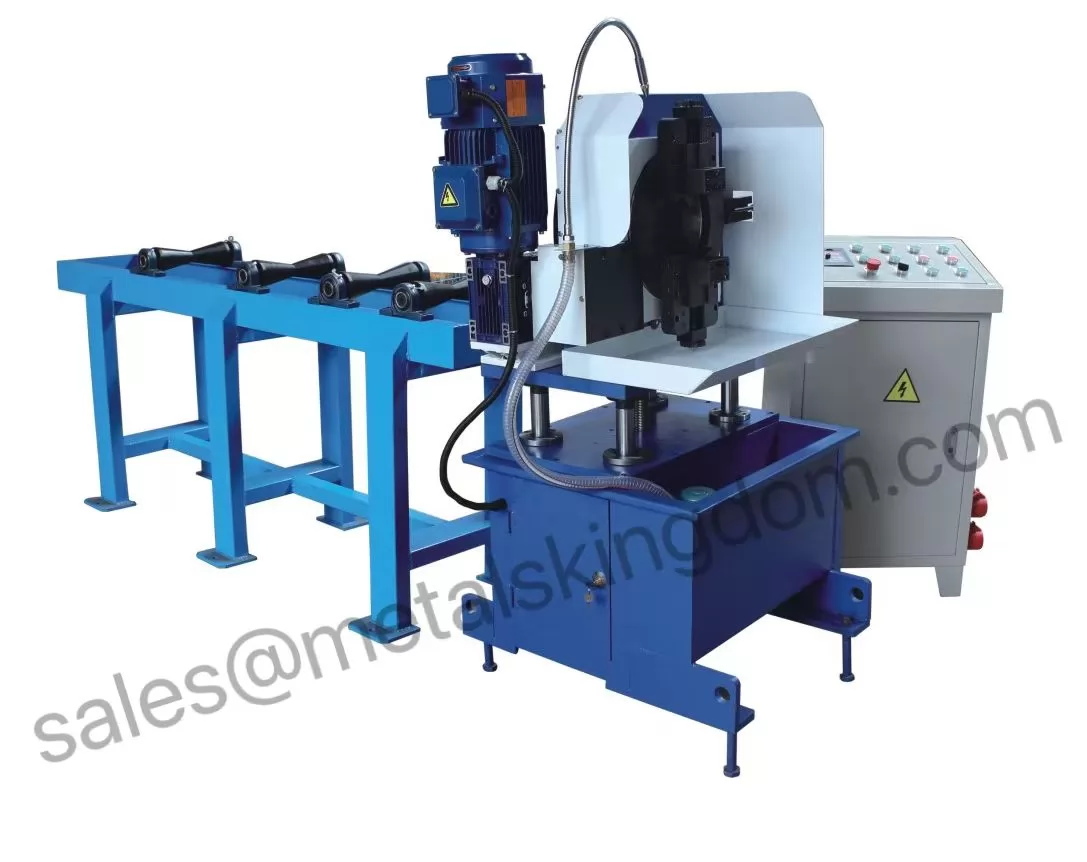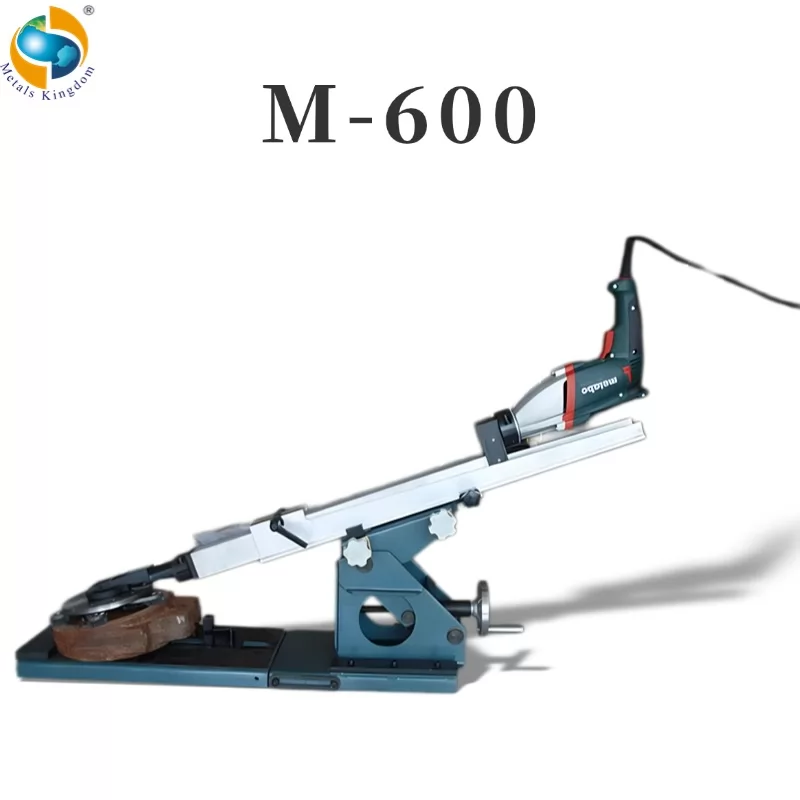What is bevelling?
Bevelling is the process of preparing metal to be welded, usually by cutting an angled slope on the edge of the metal. In pipe welding bevelling is an integral part of the engineering process. Two pipe ends due to be welded together have their shapes altered by removing some of the metal from each end. Bevelling can be carried out manually by hand-grinding or flame-cutting or automatically, using a bevelling machine. In the oil and gas industry mechanised bevelling is the industry norm.
Why bevel pipe ends?
In the oil and gas industry pipeline integrity depends on high-quality welding. Bevelling pipe ends is an essential part of achieving a high-quality weld. It increases the surface area of the weld site and results in stronger welds that are able to handle more stress, vital for pipes in fatigue-sensitive areas such as steel catenary risers. When pipe ends are bevelled there is a higher chance a weld will be accepted, thus reducing costs of repair or cut-out and helping a project stay on schedule.

Bevelling equipment
Tools used in bevelling aim to produce perfect bevels consistently. Most are used in the field, close to where pipes are being welded, so portability is an important consideration. Hand-bevelling tools include grinders and plasma/ flame cutters. These are portable but have significant drawbacks. Hand-grinders are cheap but time-consuming to use. Flame-cutters are a serious fire hazard and require oxy-acetylene or compressed air. Both can produce inconsistent bevels and need highly skilled personnel to operate them.
Bevelling machines can be stationary or portable. Stationary machines are safe and fast, offering the lowest cost per bevel but cannot be taken to the pipes so are of limited use when building pipelines. Portable machines are usually expensive, custom-built tools. They operate at high speed, thus requiring less highly skilled personnel, produce consistent bevels and are convenient to use.
>>Shop for Portable Pipe Beveling Machines here
Bevelling pipe ends
In welding, bevel types include plain, J-prep, J-prep with back bevel, compound bevel and compound J-prep with back bevel. The J-prep bevel is most commonly used in high-production automatic welding. The process, in which the pipes have only a small amount of material removed so that each end resembles a “J”, uses less welding wire and is faster than traditional welding.
Why is bevel geometry important?
Understanding bevel geometry significantly influences weld quality, especially in automated welding systems. Traditional bevel geometry measurement systems were primitive but now laser-based tools are becoming more widely used, offering much more knowledge. The incremental improvements delivered by understanding bevel geometry can help oil and gas industry operators reduce project days, repair rates, cut outs and operators – and increase their welds per hour and shift, health and safety and overall quality.
Why is bevel geometry important? Industry experts explain:
“Bevel geometry is one of the most important parameters in mechanised pipe welding.” Joel Troyer, Technip
“One of the most crucial steps in pipeline welding is to ensure bevel geometry and fit-up are correct.” Peter Barron, Pipeline Technique
Ensuring bevel geometry and fit-up is correct is one of the most critical steps in pipeline welding.” Simon Pike, McDermott

Geometrical features
Pipe measurement tools should measure the bevel radius, bevel offset, land thickness, bevel angle – in compound bevels there will be numerous angles, and the angle, height and length of the back bevel.
Measuring equipment
Bevel measurement tools are either bought off-the-shelf or custom-built by manufacturers. Off-the-shelf tools measure individual features – for example, Vernier callipers measure land thickness, micrometre dial gauges measure bevel offset and depth, radius gauges measure bevel radius and adjustable angle protractors measure bevel angle.
Bespoke tools are considerably more expensive but measure land thickness, land depth and bevel angle with one device. They cover a range of pipe sizes, usually from 125 – 460 mm, with adapters for smaller pipes. These all-in-one tools use three gauges, measuring each feature at any angle from a rigid base. Data calculators provide information on each to be recorded and analysed.
Full knowledge of pipeline properties
Learning more about the bevel geometry of your pipes will encourage better production and higher quality welds. Pipeline integrity is improved and lifespan increased. Costs are managed more effectively and projects more likely to be delivered on schedule.
We are a Portable Pipe Beveling Machine supplier. Please feel free to contact us if you need them!













